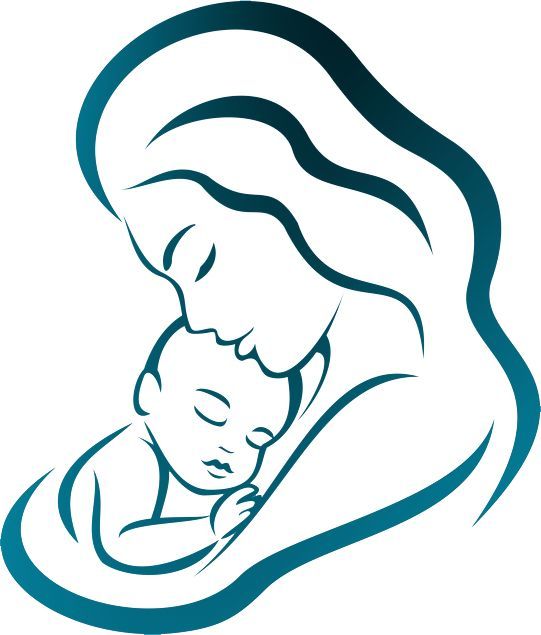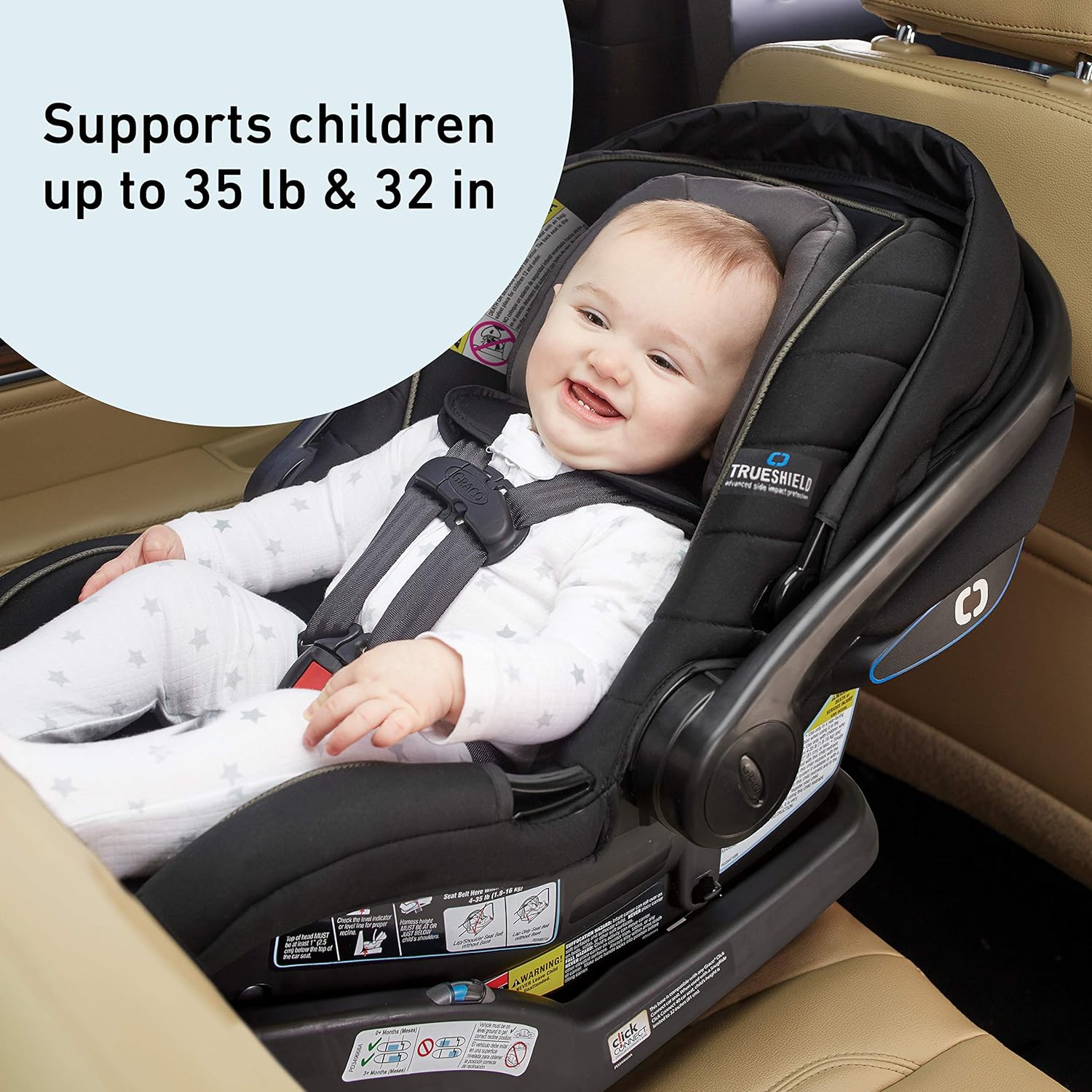The Ultimate Guide to Baby Sleep – The ABCs of Baby Sleep of Restful Nights
Baby sleep can be one of the most challenging yet rewarding aspects of parenting. Understanding the essentials of baby sleep, known as the ABCs of Baby Sleep, can equip you to help your baby establish healthy sleep habits while ensuring safety. This guide breaks down the ABCs with expert insights, actionable tips, and evidence-backed advice.
A: Always on Their Back
1. The Importance of Back Sleeping
- Why It Matters: The American Academy of Pediatrics (AAP) recommends placing babies on their backs to sleep to reduce the risk of Sudden Infant Death Syndrome (SIDS).
- Scientific Backing: Studies show a significant decline in SIDS rates when parents follow this guideline.
- Key Tip: Always use a firm sleep surface, such as a crib with a fitted sheet, to provide optimal support.
2. Avoid Soft Bedding
- Risks of Soft Bedding:
- Increases the chances of suffocation.
- May cause overheating, another risk factor for SIDS.
- Better Alternatives:
- Use a wearable blanket (sleep sack) or a snug swaddle to keep your baby warm and secure.
- Avoid placing pillows, stuffed animals, or loose blankets in the crib.
- Resource: Refer to AAP Safe Sleep Guidelines for detailed advice.
B: Bedtime Routine
1. Establishing a Consistent Bedtime Routine
- Why It’s Crucial:
- Babies thrive on predictability, and routines signal it’s time to sleep.
- Creates a soothing transition from wake time to sleep.
- Examples of Effective Routines:
- Warm Bath: A relaxing start to bedtime.
- Storytime: Reading a favorite book calms and prepares your baby.
- Lullabies: Singing or playing soft music fosters relaxation.
2. Optimizing the Sleep Environment
- Key Factors for Success:
- Darkness: Use blackout curtains to block out light.
- Quiet or White Noise: A sound machine can help mask sudden noises.
- Cool Temperature: Maintain a room temperature between 68-72°F (20-22°C) for optimal comfort.
- Pro Tip: Ensure the crib is positioned away from windows or direct airflow.
- Explore More: Look for resources on creating an ideal baby-friendly sleep environment.
C: Comfort and Calm
1. Feeding Before Bed
- When and How to Feed:
- Offer a final feed before bedtime to ensure your baby is full.
- Avoid feeding your baby to sleep, as this can create a dependency, making it harder for them to self-soothe.
- Tips for Nighttime Feeding:
- Ensure your baby is awake but calm after feeding.
- Burp them properly to avoid discomfort from gas during sleep.
2. Comforting Techniques
- Swaddling:
- Mimics the snug feeling of the womb, reducing the startle reflex.
- Stop swaddling once your baby shows signs of rolling over.
- Pacifiers:
- Can soothe your baby to sleep and may reduce SIDS risk.
- Wait until breastfeeding is well-established (typically 3-4 weeks) before introducing a pacifier.
- Gentle Touch:
- Light back patting or shushing sounds can reassure your baby.
3. Managing Sleep Regressions
- What is Sleep Regression?
- Temporary periods when a baby who was sleeping well suddenly starts waking up more often.
- Common during developmental milestones (4 months, 8-10 months, and 18 months).
- How to Handle Regressions:
- Stay Consistent: Stick to your established bedtime routine.
- Offer Reassurance: Provide extra cuddles and soothing during these phases.
- Stay Patient: Regressions are normal and temporary, lasting from a few days to a few weeks.
The Science Behind Baby Sleep
1. Understanding Sleep Cycles
- Babies have shorter sleep cycles compared to adults, often waking every 40-60 minutes.
- Learning to self-soothe is a crucial skill that helps babies connect these cycles for longer stretches of sleep.
2. Sleep Needs by Age
| Age | Sleep Hours per Day | Naps per Day |
| Newborn (0-3 months) | 14-17 hours | 4-6 |
| Infant (4-11 months) | 12-15 hours | 2-3 |
| Toddler (1-2 years) | 11-14 hours | 1-2 |
3. Recognizing Sleep Cues
- Signs your baby is ready to sleep include:
- Rubbing eyes.
- Yawning or staring into space.
- Decreased activity or fussiness.
- Acting on these cues promptly can make bedtime smoother.
Safety Tips to Remember
- Always place your baby in a crib or bassinet; avoid co-sleeping.
- Avoid overheating by dressing your baby in breathable fabrics.
- Ensure crib slats are no more than 2 3/8 inches apart to prevent entrapment.
Common Sleep Challenges and Solutions
1. Night Wakings
- Problem: Frequent wakings disrupt both baby and parent sleep.
- Solution: Teach self-soothing by giving your baby a moment to settle before intervening.
2. Early Morning Waking
- Problem: Baby wakes too early, cutting into restorative sleep.
- Solution:
- Ensure they are getting sufficient naps during the day (overtiredness can lead to early waking).
- Consider blackout curtains to block early morning light.
3. Difficulty Falling Asleep
- Problem: Resistance to sleep at bedtime.
- Solution:
- Adjust bedtime to align with natural sleep cues.
- Use calming activities, such as a massage or quiet reading, to prepare for sleep.
Conclusion: Building Healthy Sleep Habits
By following the ABCs of Baby Sleep, you can create a safe, comforting, and effective sleep environment for your baby. Remember:
- A: Always place your baby on their back.
- B: Build a consistent bedtime routine.
- C: Comfort and calm your baby through proven techniques.
Sleep is a journey, and every baby is unique. With patience, persistence, and a focus on safety, you’ll help your baby develop sleep habits that set the foundation for a lifetime of good rest.
Additional Resources
Books: Healthy Sleep Habits, Happy Child by Dr. Marc Weissbluth”

